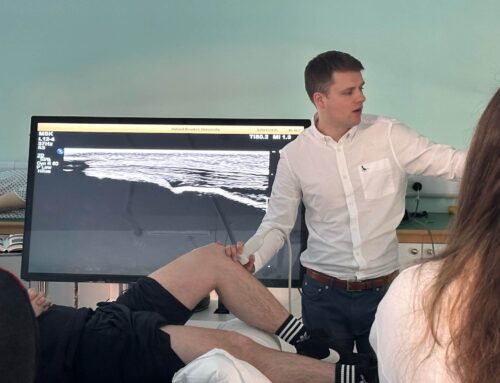Elite Physical medicine client Jesse Horgan finished the 100km Ultra-Trail Snowdonia in 4th place for his age category, following a 6 month training plan provided through the clinic.
Written by: Amy Knight
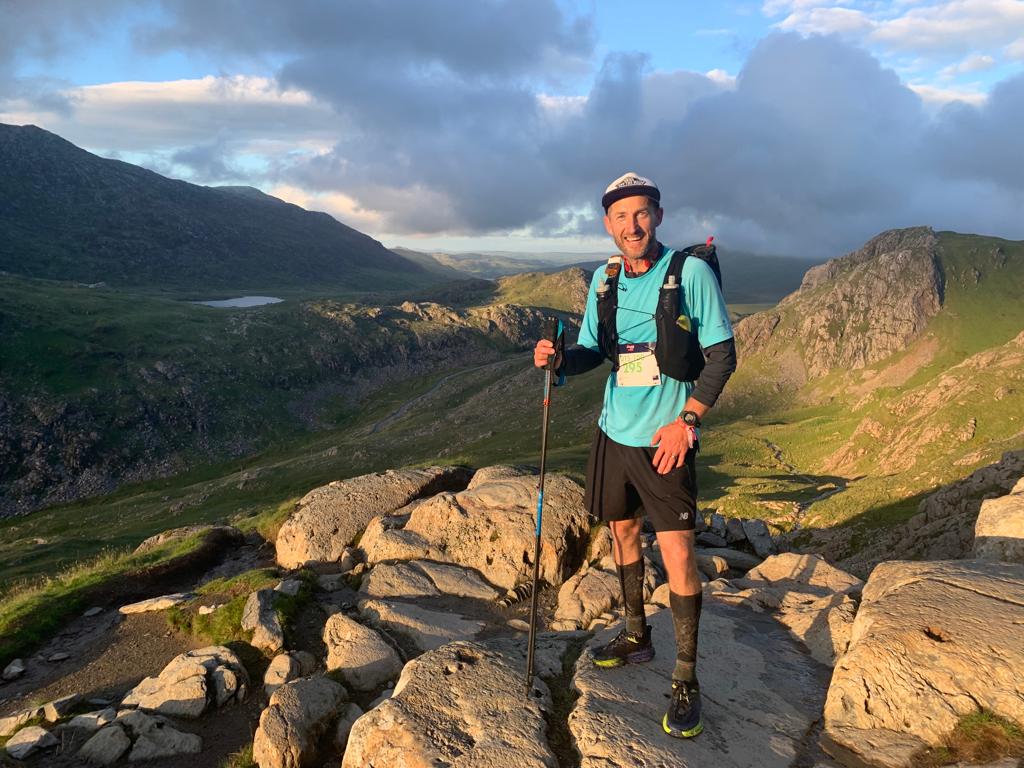
Starting at 4am on the 2nd July 2022 from the National Slate Museum in LLanberis, the runners climbed 21,700 feet (6,600 metres) over the course of the race, which they were required to complete in no more than 33 hours.
A tree surgeon based in Waddesdon, 44 year old Jesse reached the finish line in 18 hours 57 minutes, smashing his target of 20 hours. He described the moment he realised he was “chasing the sunset” after expecting to finish in the dark.
Putting the miles in
Elite’s Clinical Director Andy McCrea oversaw Jesse’s strength and conditioning programme, which began in February and focused on building muscle and improving power to weight ratio. This included time in Elite’s purpose-built gym, as well as hill reps out in the Chilterns. Jesse said;
If I was in North Wales, running in Snowdonia every week, I’d have no problem gaining muscle, as I’d be hill training all the time. It’s much harder to build that up without access to mountains. The gym at Elite became really important for that.
Jessie left New Zealand in 2016 and can often be found running in the Aylesbury Vale, on his own and with friends he’s made through Elite, including Mike Sutliff from Dinton Cricket Club. Training runs with Andy included double hill climbs on ‘Paddy’s loop’ which allowed Jesse to build up the quad strength needed to ascend (and descend) peak after peak across Snowdonia.
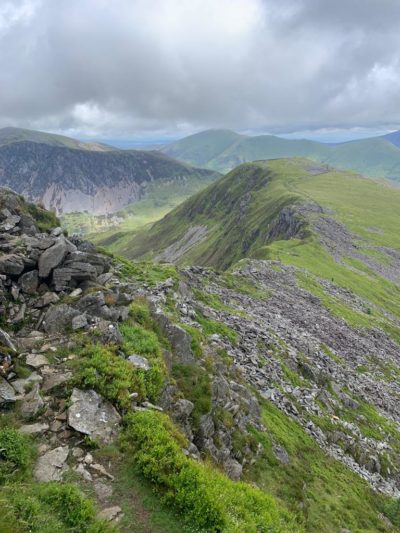
The terrain in Snowdonia is a little different to the Chilterns!
Ups and downs
Throughout the 100km course, Jesse found he would overtake groups of runners on the climbs, only to be caught up on the descent. He said;
I'm only about 70 kilos, so there's not a lot to move. But there are steep climbs of 600-900 metres so that’s where all that leg strength training comes into play.
Upper body training was really important as well, because we use running poles, with a technique that draws on Nordic skiing. Those movements to drive yourself up needs quite specific gym work, which the team at Elite supported me with.
Working together
The mental strength required to climb for many hours in treacherous conditions, slipping on shingle just a few feet from a cliff-side drop, is something Jesse and Andy developed together on the Montane TeaRound last year.
For the Ultra-Trail Snowdonia, Jesse credited fellow runner Jack Galloway for helping him finish ahead of his goal. They teamed up for the last 6 hours of the race and crossed the finish line together, having covered “a lot of ground” - literally and conversationally!
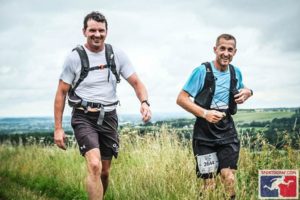
Plan of attack
Jesse’s race strategy meant he wouldn’t have to work too hard early in the race, thereby avoiding getting into a high heart rate zone until later on. But he found this to be easier said than done! He told Elite;
I'm competitive, so it's a challenge to start slow! It’s a real struggle not to not overcook it at the start, but I knew I was in the top 30 at the first aid station and then just needed to consolidate through the through the middle stages of the race.
A massive part of how any long-distance runner can perform is their nutrition strategy. Jesse competes regularly in long-distance races and ultramarathons. As this is familiar territory for him, he was able to make the most of the Aid Stations positioned roughly every 15 kilometers along the route. However, for less experienced trail runners and those new to ultramarathons, Elite’s sports nutrition specialist and registered dietician Cosette Jackson can provide advice and bespoke nutrition plans to support your training goals.
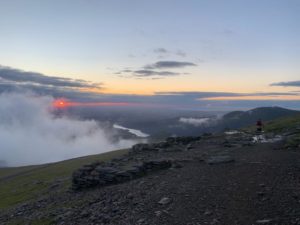
Impact on the body
As a result of training, Jesse suffered a slight stress reaction in his metatarsal, so stopped running on the road 2 months before the race.
We spoke to Jesse 2 days post-event, as he prepared to go back to work. His job as a tree surgeon is obviously physical, and can sometimes lead to back pain, but thanks to regular check-ups at Elite’s Aylesbury clinic this has not slowed down his running.
The pressure on Jesse’s quad muscles - both up and down the mountains – have caused some cramping and fatigue, as you would expect, and there is a degree of swelling around one ankle - likely caused by continually hyper extending it on the steep declines.
Andy said; “Rest is almost certainly the answer, but given Jesse’s addiction running, I’m keeping an appointment for him just in case! I know he’ll want to get back up a hill as soon as possible!"

This article appeared online and in print, in the June-July issue of Vale Life magazine. Click to read online.
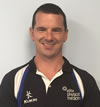
"We've seen an increase in trail running as this incredible pursuit continues to grow in popularity. It's advisable to have any pre-existing injuries reviewed prior to training for any long-distance run. For trail running, the impact on the body is considerable, so a dedicated strength and conditioning programme will support race goals and recovery."

